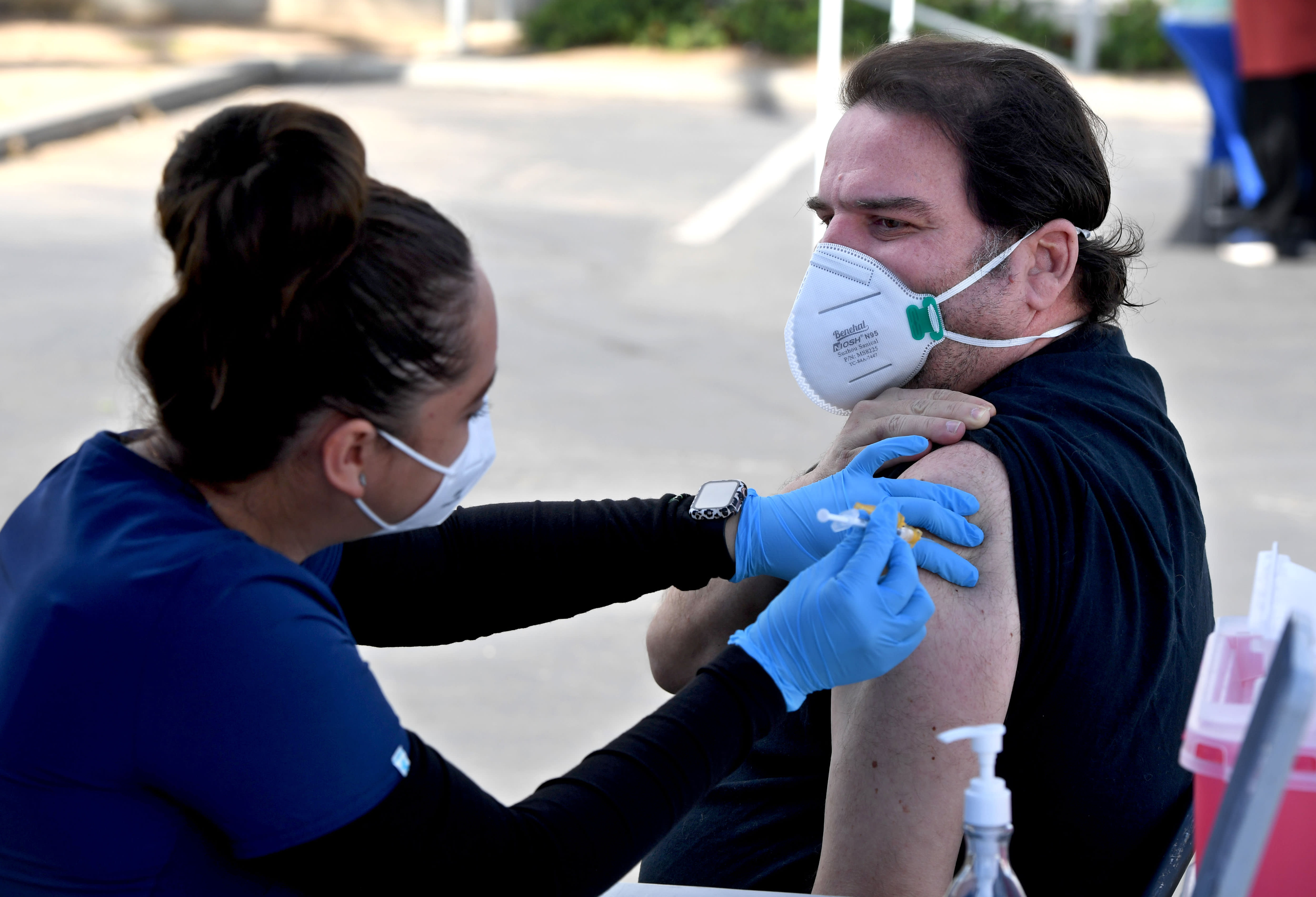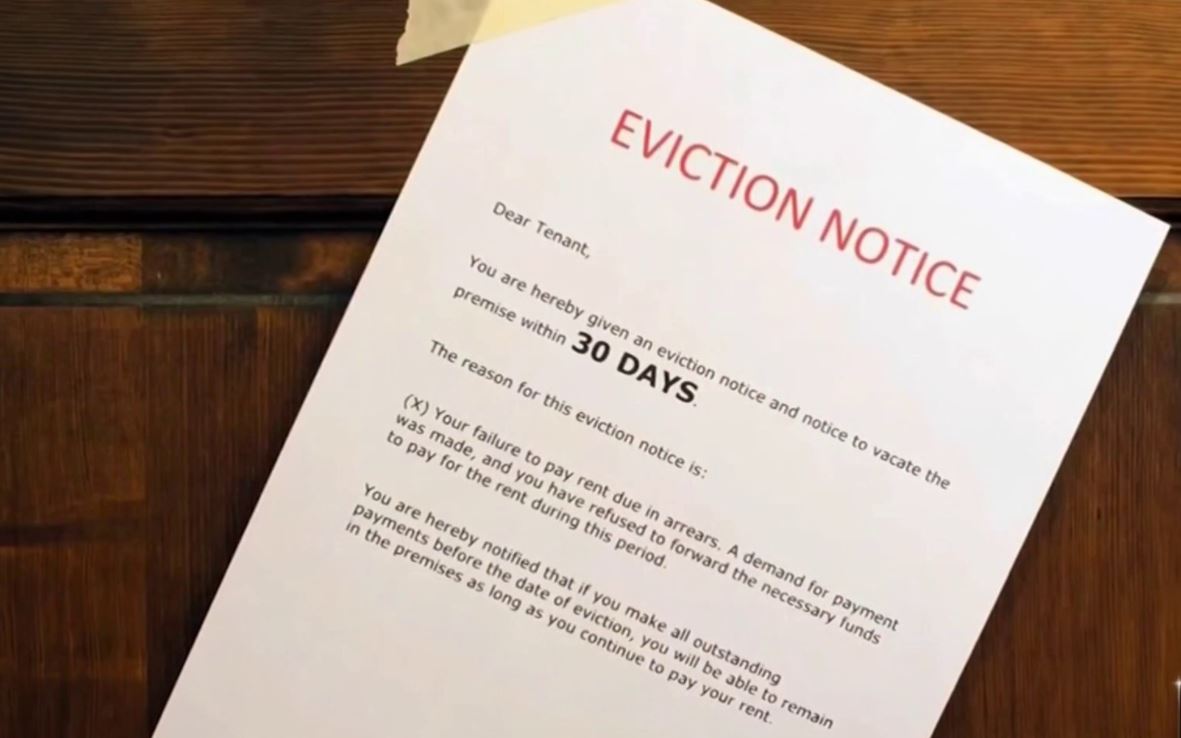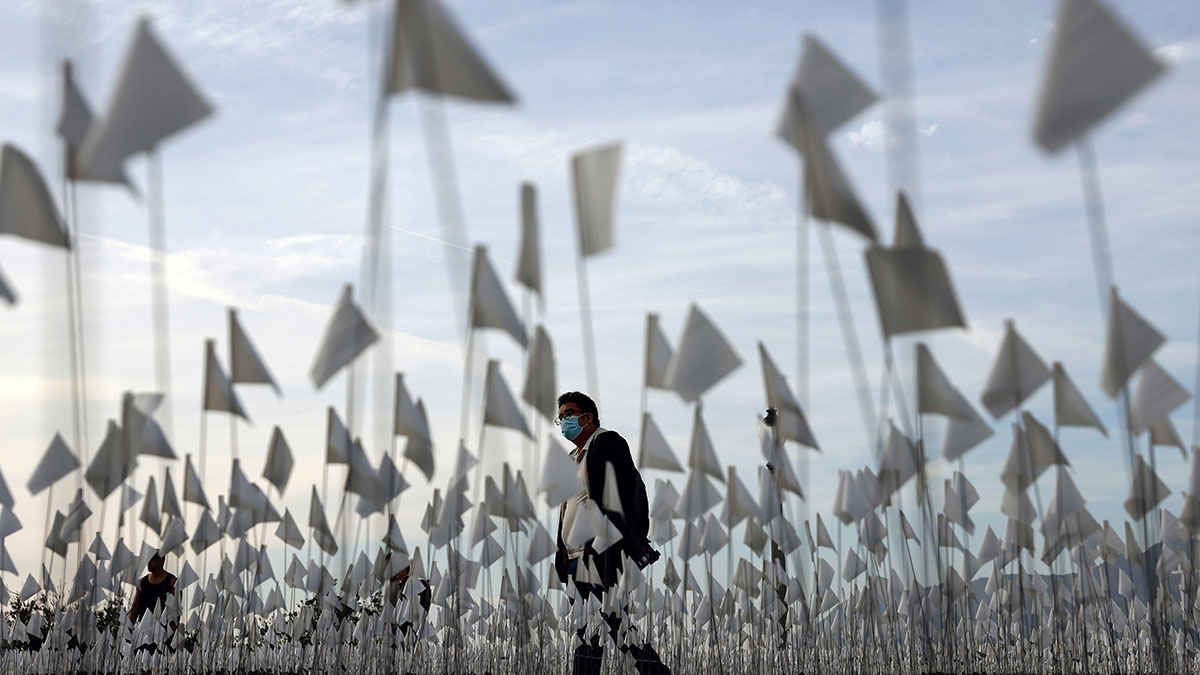
Viral analysis of material in Los Angeles County wastewater systems appears to show a general plateauing of COVID-19 in the community, health officials said, noting the analysis helps counter the lack of comprehensive virus-testing results due to residents' increasing use of at-home tests.
The county has been reporting downward trends in positive tests and virus transmission for weeks, while conceding that the infection numbers are incomplete due to the prevalence of at-home testing, the results of which are not generally reported to health authorities.
To counter that shortcoming, the county has been monitoring concentrations of COVID-19 detected in four wastewater systems. The two largest systems have seen declines for most of September, although one reported a small increase in the past week. Two smaller systems have reported mostly stable viral concentrations, with slight increases in recent days.
Get Southern California news, weather forecasts and entertainment stories to your inbox. Sign up for NBC LA newsletters.
According to the county Department of Public Health, the plateauing COVID concentrations could mean transmission of the virus is no longer decreasing in the county. But health officials said all other monitoring efforts still indicate a low level of concern, and they "remain hopeful that transmission is not increasing at this time."
Most COVID metrics in the county continue to decline, with officials this week reporting a seven-day daily average of 1,297 new cases, down 8% from a week ago.
But county officials remain wary of another winter surge in infections, similar to those that occurred the past two years. County Public Health Director Barbara Ferrer noted this week that a resurgence of the flu could also occur this winter after two years of low infection numbers. She again encouraged residents Friday to ensure they are up to date on flu shots and COVID vaccines.
"Both flu and COVID-19 are likely to infect more people when the days are shorter, and the temperatures are cooler,'' Ferrer said in a statement.
"This is both because people spend more time indoors where respiratory virus can accumulate and jump more easily from person to person and because cooler weather allows the flu and SARS-CoV-2 virus particles to linger longer in the air and travel further, potentially infecting airways that have lower defenses. And while we don't have certainty on what this winter will be like, including how much of a surge in COVID and flu we are likely to have, we do know that as the cooler weather sets in and cases rise, the risks will increase for some people more than others."
"Risks are elevated for older residents, for those with underlying health conditions, for those with more exposures, and for those unvaccinated. As we prepare for the upcoming holidays, one strategy for reducing risk for those most vulnerable for bad outcomes should they become infected, is for everyone, including those at lower risk, to get the fall COVID bivalent booster and the flu vaccine soon. This is because those at lower risk, including children, can easily transmit both flu and COVID to those more vulnerable.''
The county reported 1,682 new COVID cases on Friday, raising the cumulative total from throughout the pandemic to 3,456,407. Six more virus-related deaths were reported, giving the county an overall death toll of 33,603.
The average rate of people testing positive for the virus was 4.3% as of Friday.
According to state figures, there were 494 COVID-positive patients in county hospitals as of Saturday, down slightly from 496 the previous day. Of those patients, 55 were being treated in intensive care, down nine from Friday's numbers.
County officials have said about 43% of patients with COVID were actually hospitalized due to virus-related illness, while the rest were admitted for other reasons, with some only learning they were infected when they were tested upon admission.




